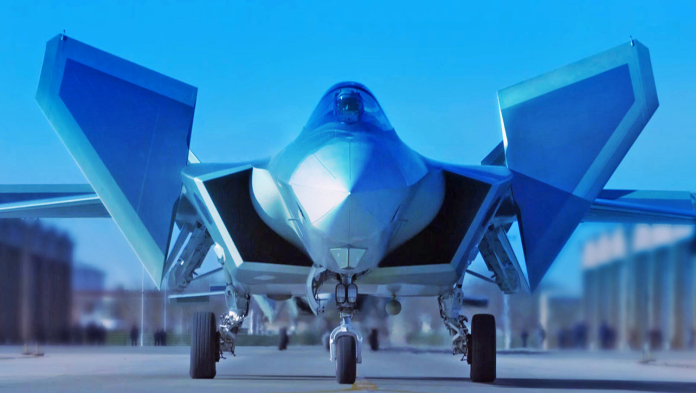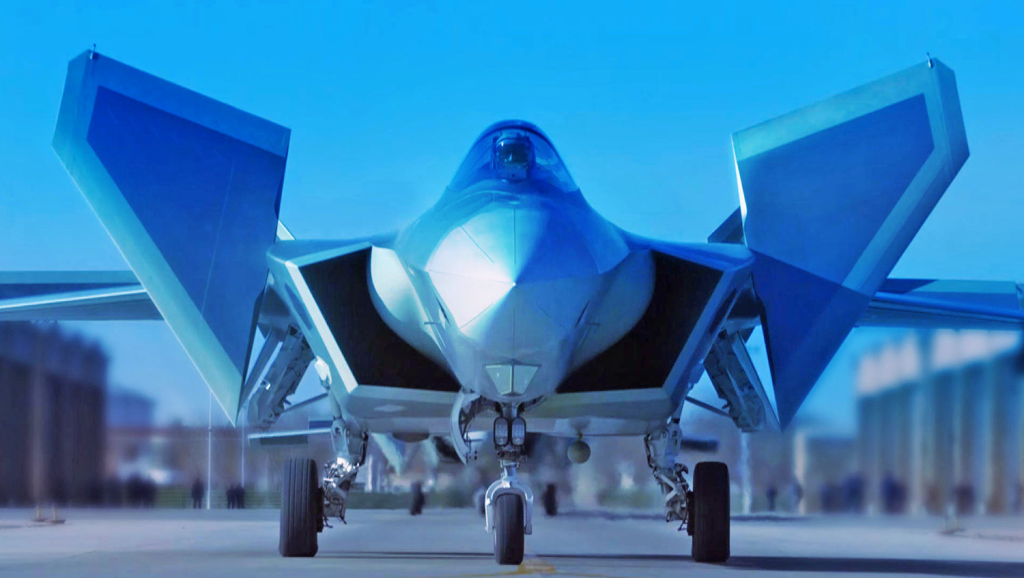
Ten years ago, the idea of India deploying a locally developed stealth fighter looked more like a dream than reality. Now, with the local rivals deploying advanced platforms and stakes in the global great power game increasing, the Advanced Medium Combat Aircraft (AMCA) project is one bold bet, one that can reshape India’s technology path and its position in the global security hierarchy.
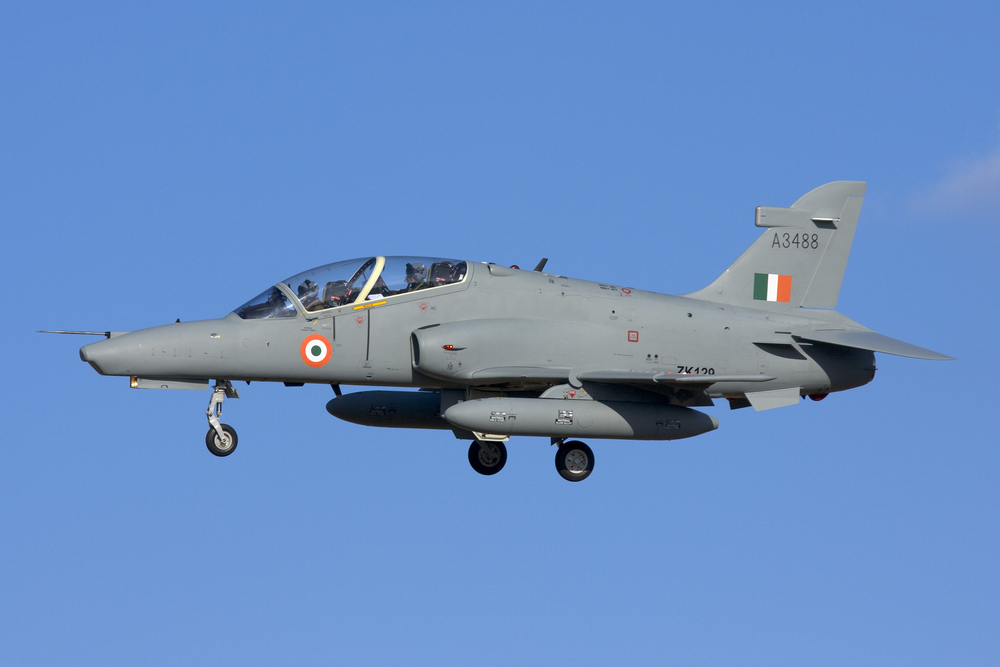
1. Stealth by Design: Engineering for the Invisible Battlefield
The AMCA airframe is a textbook example of low-observable engineering. Its diamond-shaped, tailless shape is designed to distribute radar waves away from the onlooker, while S-shaped intakes and diverterless supersonic inlets keep engine compressor faces masked from enemy sensors, a key prerequisite for real stealth. The airframe design makes use of composite materials for as much as 80% of the structure by weight, utilizing carbon-fiber composites and bismaleimide epoxies to keep radar cross-section low and structural fatigue away. As ADA’s Krishna Rajendra Neeli says, “AMCA is a fifth-generation fighter aircraft which India is proudly displaying to the nation with its technologies, both aerodynamics and stealth characteristics.
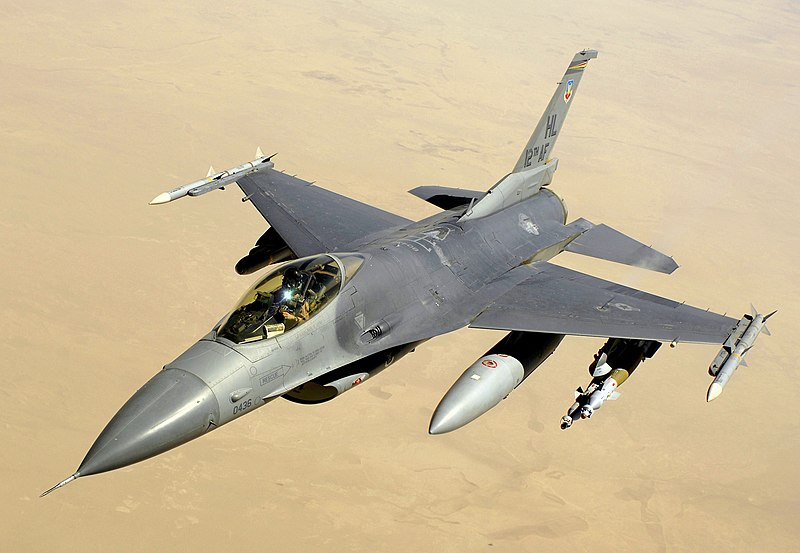
The weapons can be carried internally, weighing approximately one-and-a-half tonnes.” It can also be employed as a non-stealth aircraft if it carries the weaponry at its wing station. That’s how it can be employed both ways,” showing its future-oriented capabilities. The application of next-generation titanium alloys, such as the indigenously produced Beta Titanium Alloy Ti-10V-2Fe-3Al, further reduces weight and increases survivability.
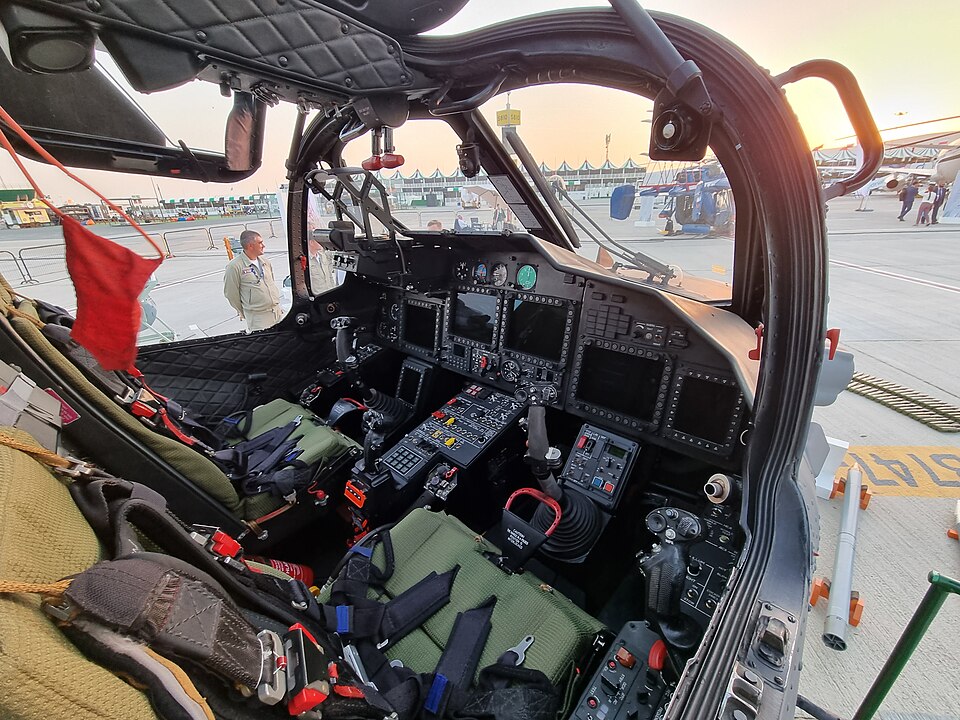
2. Avionics and AI: The Digital Brain of Modern Air Combat
The AMCA’s avionics suite is designed for the information-rich battlespace of the 2030s. At its centre is an active electronically scanned array (AESA) radar, offering multi-target tracking and jam resistance. AI-enabled sensor fusion combines data from radar, infrared search and track, and electronic warfare sensors to allow the pilot to “see” the battlespace in unprecedented detail. The Integrated Vehicle Health Management (IVHM) system of the aircraft tracks structural and subsystem integrity in real-time, minimizing maintenance downtime. Manned-unmanned teaming is at the core: the AMCA is developed to fly in conjunction with UAVs, evidence of a shift toward networked, distributed air operations. As explained in Aero India 2025, “The AI-driven electronic pilot includes multi-sensor data fusion to provide improved situational awareness, pilot decision support system, automatic target identification system, combined vision system for navigation in adverse visibility, and manned & unmanned teaming to incorporate drones in future warfare,” reflecting the quantum leap in digital warfare capability.
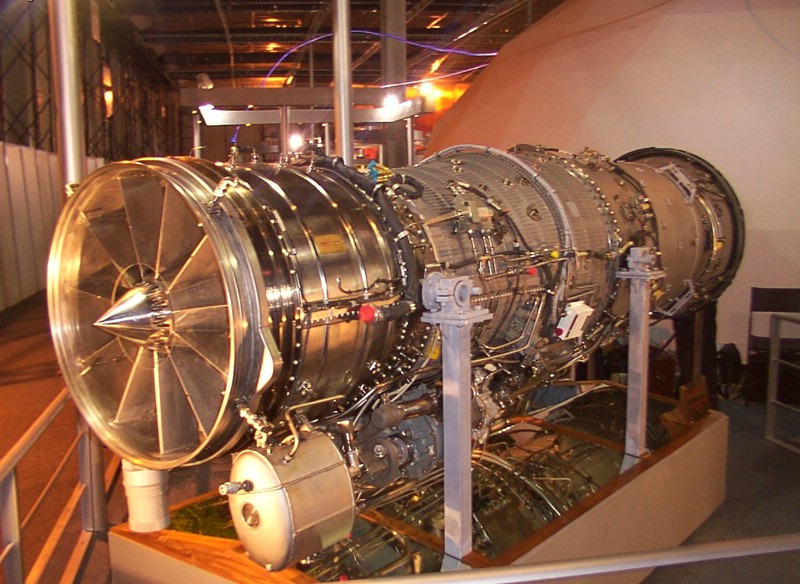
3. Propulsion Challenge: The Long Road to Engine Autonomy
Where stealth is the shield of the AMCA, propulsion is its weak point. India’s search for a domestic fifth-generation engine has been punctuated by one disappointment after another. The Kaveri engine, which was once conceived to power the Tejas, was plagued by thrust-to-weight deficiencies and high-temperature metallurgy before collapsing short of frontline fighter requirements. As per DRDO, “Twin lane full authority digital engine control with a suitable manual backup is a standout design feature of the Kaveri engine,” highlighting the technological aspiration. Although recent partnerships with Safran have rekindled hopes for an engine in the 110 kN-class, the initial AMCA prototypes will be powered by GE F414 engines, jointly produced in India. It is only with the Mk2 version that the possibility of having a genuinely indigenous powerplant comes near, subject to successful tech transfer and continued investment. As one source observes, “Testing in Russia is ongoing, with only about 25 hours of trials remaining. Once done, it will breach the 100-hour test threshold, a key milestone.” These tests are crucial to India’s engine independence.
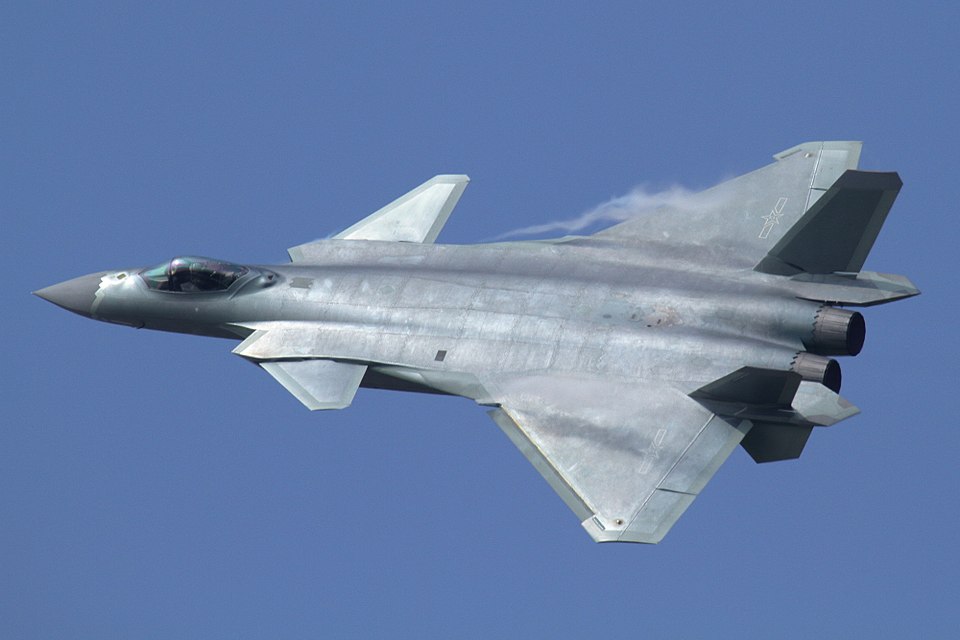
4. Geopolitical Imperatives: The China-Pakistan Equation
India’s sense of urgency stems from a quickly changing regional dynamic. China’s J-20 and near-operational J-35 fighters, fruits of decades of concentrated investment, have already tipped the airpower balance. Pakistan, in turn, is upgrading with Chinese assistance, inducting J-10CEs and reportedly shopping for the J-35. As one commentator remarks, “Beijing’s long-term backing of Islamabad – in the form of hardware, training, and increasingly AI-capable targeting – has subtly altered the tactical equilibrium,” marking a new generation of regional competition. India’s refusal to accept the F-35 and Su-57, in spite of continued overtures, is an affirmation of strategic independence and the establishment of an aerospace ecosystem that is sovereign.
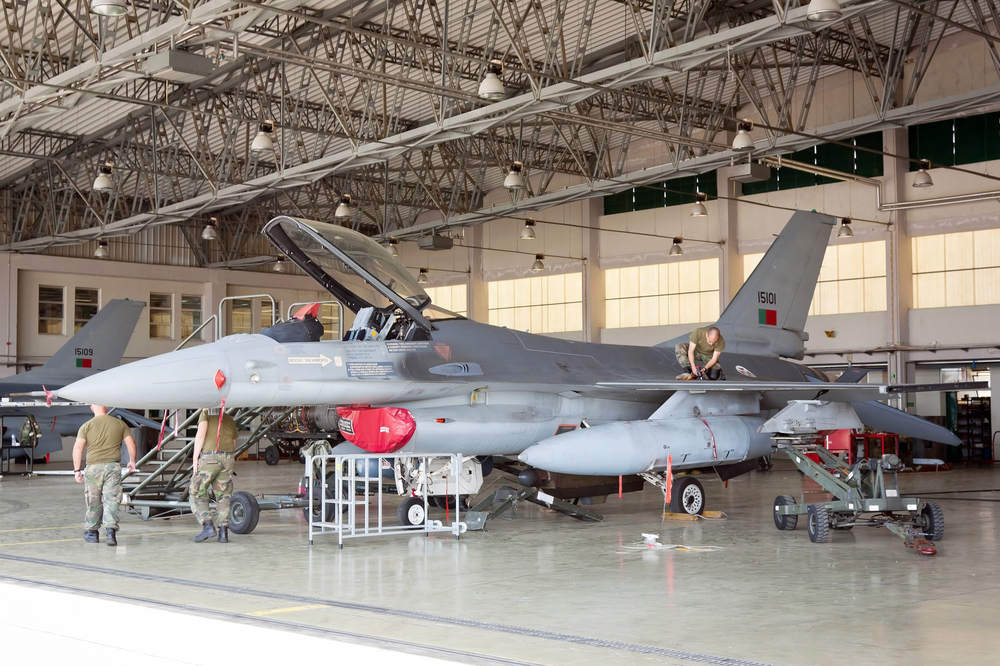
5. Manufacturing and Modernization: The New Public-Private Model
Shattering the convention, the AMCA program is adopting a public-private partnership (PPP) model. The private sector players, including Tata, Larsen & Toubro, are invited to bid on equal terms with HAL for prototype development and series production. The government’s grant of ₹15,000 crore during the prototype phase, and expectations of five flying prototypes by 2028, reflect the seriousness of intent. The chosen industry partner has to set up dedicated facilities, with a directive to develop within eight years of signing the contract. This method has been done in order to drive efficiency, competition, and innovation into India’s defense manufacturing sector, as outlined in recent program announcements.
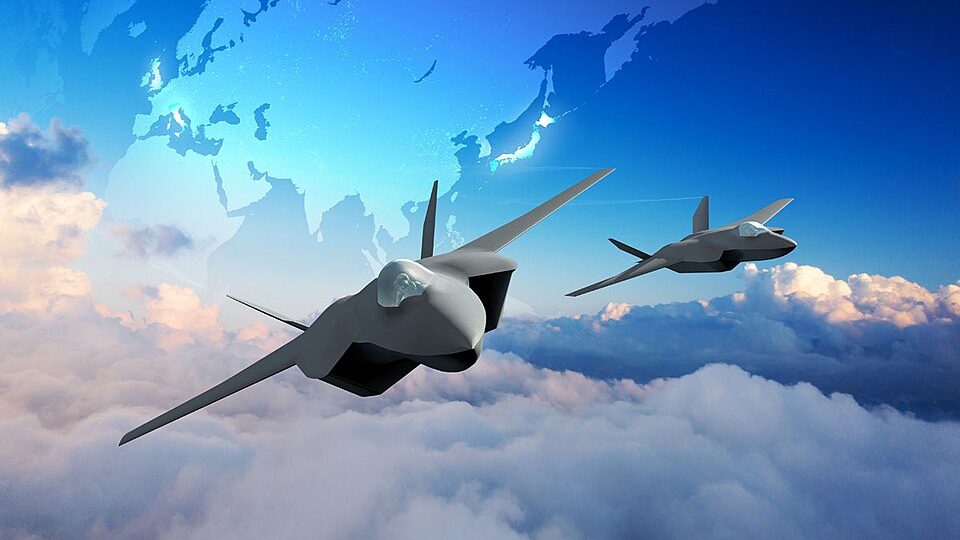
6. Future Technologies: Towards a Sixth-Generation Platform
While the initial AMCA will reflect fifth-generation standards, the architecture is tailored for evolution. The plan features structural nanocomposites, fly-by-light controls, and thrust-vectoring nozzles to provide extreme agility. The open systems architecture of the platform will enable electronic warfare, AI, and unmanned teaming upgrades, enabling sixth-generation capabilities. As per the Indian Air Force chief’s remark, “The AMCA will have ‘sixth generation characteristics.’ Later, he stated that those features would be incorporated after prioritizing fifth-generation capabilities,” indicating a future-proofed strategy.
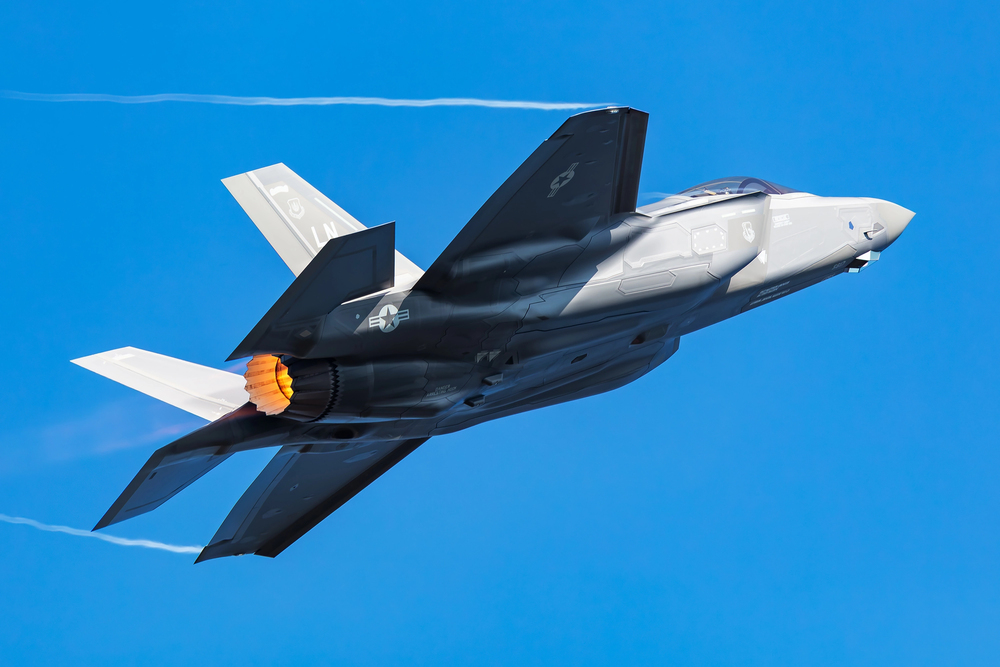
7. Strategic Consequence: Independence, Deterrence, and Export Capability
In addition to its technical characteristics, the AMCA is a strategic leap. Indigenous development of an engine is more than a technical achievement; it is “a cornerstone of strategic and technological sovereignty for any nation,” as one analysis has observed. The capability to produce and export an entire indigenous fighter, unencumbered by third-party constraints, would enhance India’s defense diplomacy and economic bargaining leverage with consequences for international weapons markets. The success of the AMCA can also spur other innovation ecosystems, ranging from advanced materials to AI and avionics, solidifying India’s position as a technological leader in the Indo-Pacific.

The journey of the AMCA is not complete. But with every prototype, engine testing, and systems integration milestone, India inches closer towards becoming part of the select club of countries that shape the future of air warfare.
